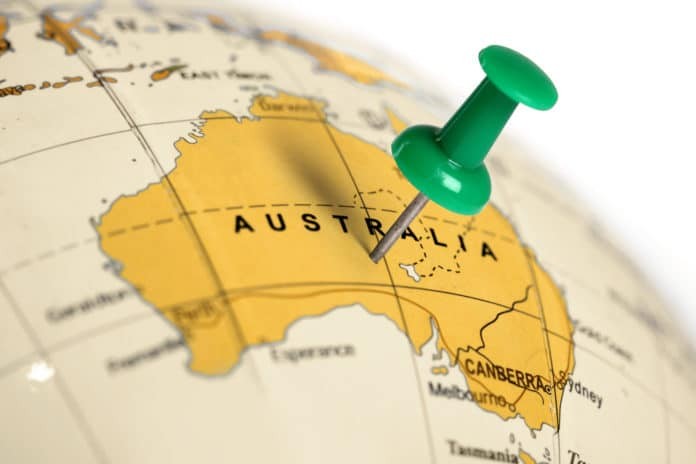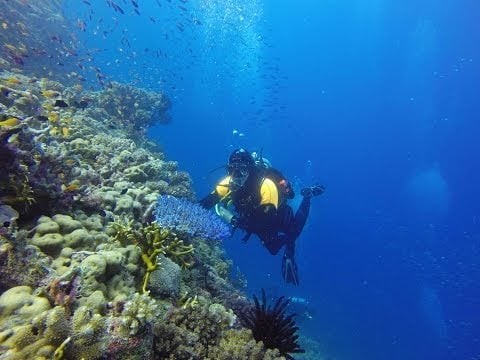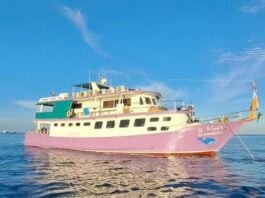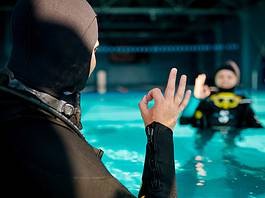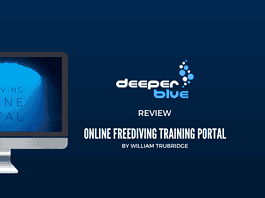Australia is on the bucket list of many divers and the Great Barrier Reef near Cairns is perhaps the most favorite destination. Diving represents a good portion of Australia’s tourism and Cairns is the second leading destination in the world for Open Water Diver certifications. However great the Cairns area is for scuba diving, there is much more out there to explore.
Location
Australia has the 6th largest coastline in the world. Along with that coast are two of the greatest reefs in the world. The Great Barrier Reef along the east coast extends well past Cairns both to the north and south. The Ningaloo reef along the west coast of Australia is one of the largest fringing reefs in the world. Both are UNESCO World Heritage sites and also have migratory visitors that include whale sharks, other sharks, and whales. The reefs provide the opportunity for wall dives and protected dives. Australia is also said to have over 8,000 shipwrecks along its coast. Hundreds of them are suitable for recreational diving. There are many opportunities for citizen scientist to get involved in different studies. Many of the dive centers and liveaboards add their support to research. There is much for the diver to experience here.
Osprey Reef
Located 150 nautical miles off the coast of Australia, deep in the Coral Sea, is one of the greatest dive destinations in the world, the Osprey Reef. A seamount that rises 1.5 kilometers, almost a mile, from the ocean depths it breaches the surface in places. The main feature of the reef is a lagoon 25 kilometers long by 8 kilometers wide surrounded by a flat reef 500-700 meters wide. Inside the lagoon, the depth varies from very shallow to about 30 meters. Much of the lagoon is only 10 meters deep. There is a deep channel that connects the lagoon to the outside sea. Outside the lagoon’s outer reef, the walls drop straight down about 130 meters, where it slopes for a while and then another sheer drop to the ocean floor a kilometer or more below.
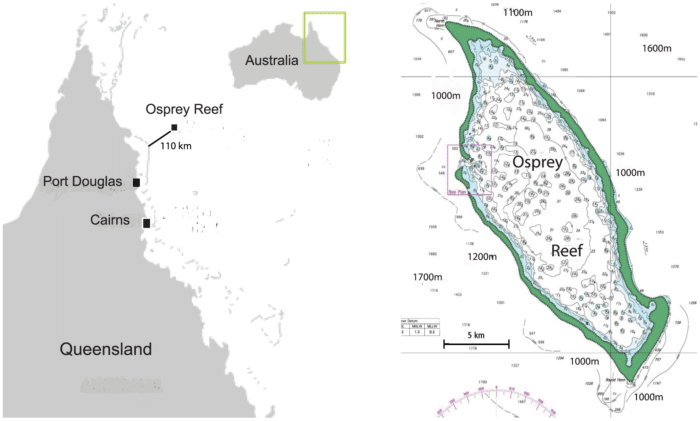
The coral reefs on this seamount are pristine. They are fed by the nutrient-rich waters from the deep. Sharks of many different species visit the reef in such large numbers that the reef is often used for research. Nautilus are also studied here as they come up from the deep at night.
The liveaboards that visit this reef also pass by the ribbon reefs of the Great Barrier Reef.
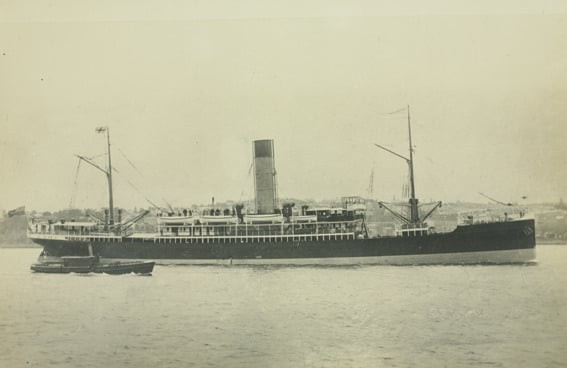
SS Yongala
While this article is about dive destinations many divers come to this area of the Great Barrier Reef solely to dive this ship. Of the hundreds of shipwrecks available, the 109 meters long SS Yongala is the most popular. Sitting on its side in 30 meters of water, this ship often makes best dive site and best wreck sites in the world lists. The SS Yongala, a mixed cargo and passenger ship, left Mc Kay in the Whitsunday area at 1:40 pm 23rd of March, 1911. She sailed with 122 passengers and crew on board and one race horse. Five hours later the lighthouse keeper at Dent Station noted the ship passing, and a few minutes later the lighthouse keeper was notified of an oncoming storm. The SS Yongala was beyond signaling range and did not have a wireless set. Worst, she was headed directly into the storm’s path. The ship never made it to its next port of call. Days after the storm passed, wreckage and the body of a horse appear along the shoreline but nothing that could be proven to be from the SS Yongala.
The SS Yongala remained lost until a fisherman started looking for her in 1958. The wreck was in remarkable shape at that time even being under water for almost 50 years. Today the wreck is still considered to be 70% intact and has been fully covered in coral. A storm in 2011, opened up a section of the hull giving divers a chance to see more of her insides. Diving on the ship is restricted and a special permit by the Museum of Tropical Queensland is required. The dive operators obtain these permits. The SS Yongala is a three-hour boat ride from Townsville. The most common way to get to her is to drive to Ary, an hour from Townsville and take a boat from there out to the ship. This is only 30 minutes away.
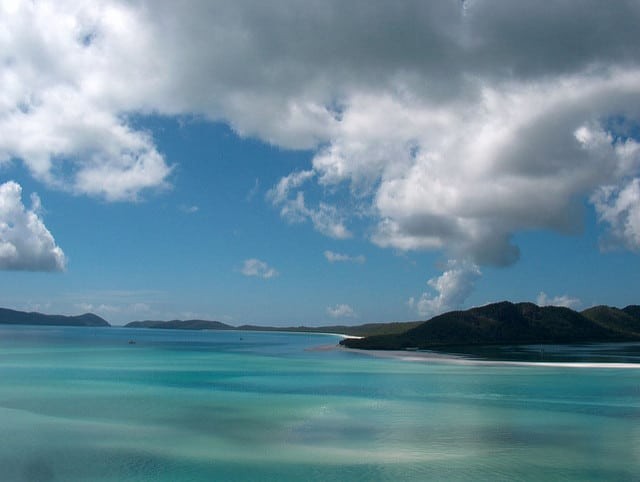
Whitsundays
The Whitsunday Islands are off the coast of Queensland about a 12-hour drive north of Brisbane or 8-hour drive south of Cairns. They offer the visitor an experience that is different from Cairns. The Whitsundays have over ninety islands and are a part of the Cumberland Island chain. The Cumberland Islands are the largest chain of offshore islands around Australia. The majority of the islands in the Great Barrier Reef Marine Park are coral islands often called a cay. A cay is created when sediment is deposited on top of a reef and over centuries an island is formed. Cays are just a few meters above sea level. The majority of the islands in the Whitsundays are continental islands, basically the tops of a submerged mountain range. The sea level rose and covered the valleys and lower elevations between the mountain tops. These mountain tops can raise hundreds of meters above the sea level and offer a wide variety of plants with forest. Fringing reefs have formed along the coast of these mountain tops and have helped establish the pure white sand beaches. The outer barrier reefs are 50 nautical miles from the coast at this point, creating a relativity shallow and calm lagoon. Of the over 90 islands, only 4 are inhabited.
Sailing is why most people come to the Whitsundays. Sailing enthusiasts regard the Whitsundays as the place to go. They can lease a boat for a barefoot cruise, where they provide the crew or lease a crewed vessel. Sailboats and yachts of all sizes are available. If they do not want a boat entirely for themselves they can join a charter. Charters of two or three nights visiting some secluded coves are the most popular.
While there is some scuba diving from day boats most of the diving here is done on multiple day sailings. You can roughly group what is available into three groups: diving liveaboards, diving on board a non-dive boat and rendezvous diving. Some of the local dive centers offer short liveaboard experiences. They market to divers and the focus is on diving. The popularity of sailing opens other options for divers. You can rent your own boat or join a sailing charter. It will require advance planning as scuba gear will not generally be on board. However, many of the boats will generally have a small compressor on board. They can refill the tanks. If you join a charter, You and your dive buddy may be the only divers on board. Diving is integrated into the day but it is just one activity.
If the boat you are sailing on does not have the ability to fill your tanks, there is another option. Rendezvous diving is something that is found in some of the major sailing destinations that are also scuba diving destinations. Originally designed as a service for visiting boaters, it is also expanded to cover other users in some areas and is frequently used in the Whitsundays. There are two options, first, a boat can meet you and deliver filled tanks and take away your empties. The second is that a dive boat will pick you up at your boat then take you and other divers out to a local dive site.
If you enjoy diving but also sailing and white sand beaches, then a Whitsunday vacation might be the right balance for you.
Ningaloo Commonwealth Marine Reserve
The Ningaloo Commonwealth Marine Reserve (formerly Ningaloo Marine Park) is located on the northern portion of the west coast of Australia. It is one of the largest fringing reef systems in the world. The reef starts about 1,200 kilometers north of the city of Perth near the city of Carnarvon. Starting at Red Bluff following the reef north about 300 kilometers brings you to the Exmouth Gulf and the Bundegi Reef, the last reef in the system. There are really only two locations with dive centers, Coral Bay and Exmounth. For the most part, these are the only two areas that have a sizable population. The Ningaloo Coast including both land and marine portions is a UNESCO World Heritage site. The UNESCO inscription said it is
“Noted for its exceptional marine biodiversity, including over 700 fish species and an abundance of endangered sea turtles. It hosts the largest known seasonal aggregations of whale sharks and is part of the annual migration routes of dolphins, dugongs, manta rays and humpback whales.”
The reef is home to the largest aggregation of whale sharks in the world. Each year between 300 to 500 whale sharks return here to birth their young. Humpback Whales and Dwarf Minke Whales use the reefs s a breeding grounds. It is estimated that each year over 10,000 marine turtles return to the sands of the coast to make their nest.
Being so remote and having little fishing pressure, the reef system is in pristine condition. Over 700 species of reef fish have been cataloged in these waters. Exmouth is the home of a small naval base. The pier on the base is used for a shore dive and night diving. This dive site is often listed as one of the best in the world.
What is on your list?
There is so much more that could be listed here. Australia offers the scuba diver an unlimited number of dive sites, each with their own traits. Make your own bucket list and head down under.
